On May 30, 2007, two of America’s most brilliant minds, Steve Jobs and Bill Gates, sat down for a joint interview at the All Things Digital Conference. The two pioneers of the computer world spoke fondly of the other’s contribution to technology.
Jobs and Gates face to face The ‘Mac guy’ and the ‘PC guy’ were rivals, but together they created an industry. By Al Jazeera.
But what preceded this historic exchange was more than three decades of rocky collaborations and rivalry. Gates and Jobs had battled to dominate a new age and, in the process, revolutionised billions of lives.
Watch full doc now!
“Though they never worked in the same company, they created an industry together, and we have a hippie and a nerd … With Bill, it was always about the money. With Steve … money was nice, but it was never about the money. And so that made them black and white. Up and down. Hot and cold. They were very, very different people,” says journalist Robert Cringely, who worked with Gates and Jobs in the late-1970s. So what was the rivalry between Jobs and Gates all about?
Allies: Microsoft and Apple
In the 1970s, the computer world consisted of enormous machines, super computers that only the largest companies could afford. It was a market dominated by the US multinational IBM.
A native of Seattle and son of a well-off family, Bill Gates created computer programmes and software during his high school and university days with his friend, Paul Allen. They dropped out of Harvard and founded Microsoft in 1975.
Steve Jobs was a much better marketer than Bill Gates was. But he was not really that technical. He was not a technical code writer. Bill Gates could write code and write good code. Nolan Bushnell, electrical engineer and businessman, founder of Atari.
In Palo Alto, California, another duo emerged: Steve Jobs and Steve Wozniak, two high school students who were obsessed with new technology, established the Apple computer company in April 1976.
While Microsoft created BASIC, software that sold to all major computer companies, Jobs and Wozniak invented the first personal computer. In the spring of 1977, they unveiled the Apple II, the first PC designed for the general public.
Sales were phenomenal, but the Apple II had a serious handicap, and Gates had the solution: BASIC.
The complex relationship between Gates and Jobs began, and in the late-1970s, Microsoft made most of its money writing software for Apple.
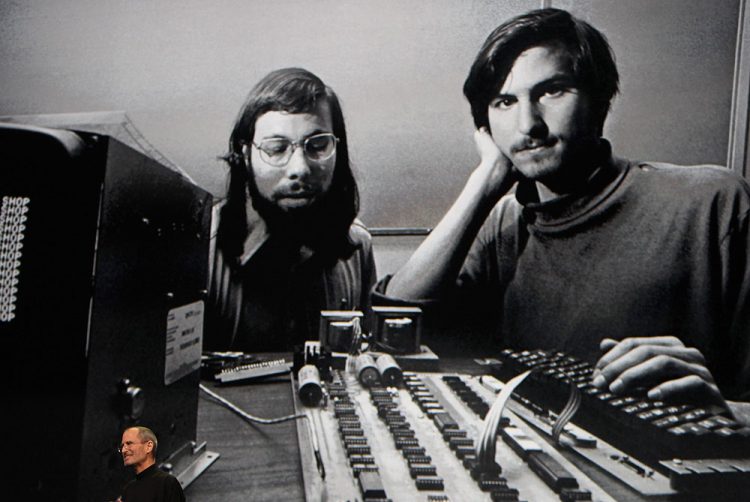
Jobs stands beneath a photograph of him and Apple-cofounder Steve Wozniak from the early days of Apple during the launch of Apple’s new ‘iPad’ in San Francisco on January 27, 2010 [Reuters]
Hand in hand: Building the Mac
In 1980, Apple went public. Meanwhile, Gates signed a lucrative contract with IBM: His new computer operating system, MS-DOS, would run all IBM computers.
“Maybe the smartest thing he ever did in computer business was that he got IBM to sign a deal that gave him a one-time payment, but allowed him to license it to other people who might clone IBM’s PC. IBM did not really think anybody else was going to successfully clone their PC, so they didn’t care,” says journalist Walt Mossberg.
At the beginning of the 1980s, Jobs and Gates were still under 30, but they were the two key players in a rapidly expanding industry.
Microsoft and Apple worked hand in hand for the first few years of the Mac, with Jobs in the spotlight. “We were not competitors at all at that point. They were our allies at helping making the Macintosh happen. So we got along very well with them, they were similar to us in many ways,” says Andy Hertzfeld, a former Apple employee.
However, knowing that the Mac’s renowned graphical user interface represented the future of personal computers, Gates worked on cloning the Mac.
The only problem with Microsoft is they just have no taste. They have absolutely no taste … I have no problem with their success … I have a problem with the fact that they just make really third-rate products. Their products have no spirit to them. Steve Jobs about Microsoft, 1996
Rivals: Windows, Toy Story and two billionaires
When Microsoft launched the first version of its new operating system Windows, it was the end of their collaboration.
“There was a pretty strong disagreement when Windows came out … Of all of the things that have happened between the two companies, that was the thing that upset Apple the most …” says former Microsoft president, Jon Shirley.
Within 10 years, Windows 95 was installed on almost all computers on the market. With Windows 95, Gates and the PC dethroned the Mac, and the geek from Seattle became the richest man in the world.
Microsoft’s success and mediocre Mac sales brought out an authoritarian side in Jobs, causing rifts within his own company.
“It came down to eventually … a war between [CEO] John Sculley and Steve Jobs. And in the end, because Steve Jobs had actually burnt out so many people and created so much animosity and fear about himself, when the board came to vote, it was almost like the entire company voted that they would rather not have Steve Jobs around anymore,” says Bruce Damer, the curator of the DigiBarn Computer Museum.
Soon after his eviction from Apple in 1985, Jobs created a new company: NeXT. But it wasn’t successful.
Jobs got back on his feet by investing in Pixar, a computer-animated film company. In 1995, Toy Story was the first fully computer-animated film to be released. It became a blockbuster and paved the way for Pixar’s global success.
“Steve … grabbed the moment and took the company public. Based on nothing. We had basically no cash. We just had this movie and the New York critics said it was going to be good … He took that idea and sold it. He took Pixar public and became a billionaire overnight,” says Pixar cofounder Alvy Ray Smith.
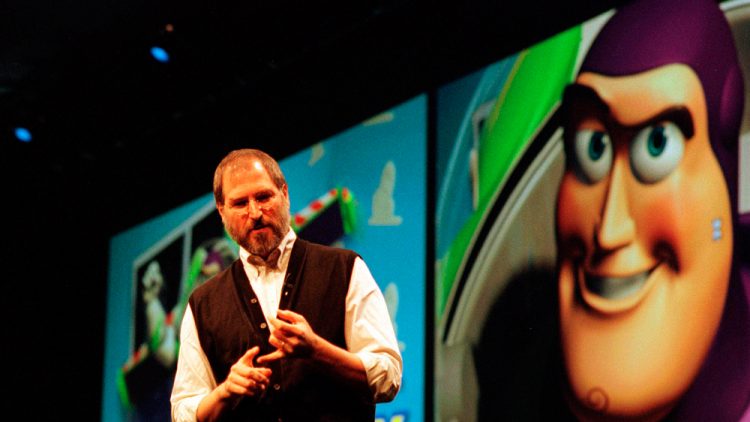
Steve Jobs demonstrates the speed of the new Macintosh G4 Computer using an animation trailer from Toy Story [Alan Dejecacion/Getty Images]
Partners: Creating the i-world
I think he [Bill] was somewhat jealous of the great success of the iPod and then iTunes … That was a … very brilliant thing to do because it just started changing the way people viewed electronic devices. Jon Shirley, former Mircosoft president
More than 10 years after Jobs’ departure, Apple was on the verge of bankruptcy. In 1996, Jobs returned to Apple.
“Something happened at NeXT that did change Steve … For the first time, he began to care about profit and loss. He began to care about success, business success. He turned into a businessman, which he had never been before. He became a little more like Bill Gates,” says Cringely.
A year after his return, Jobs announced a partnership with Microsoft, which included an $150m investment in Apple.
Jobs climbed to new heights, developing the iPod, the iPhone, and the iPad.
“It was no longer this sort of, ‘I’m in the shadow of Bill Gates’ … Apple’s become this enormously successful company … Apple does more business in iPhones than Microsoft does in total business. And they’re the most valuable company in the world now,” says Shirley.
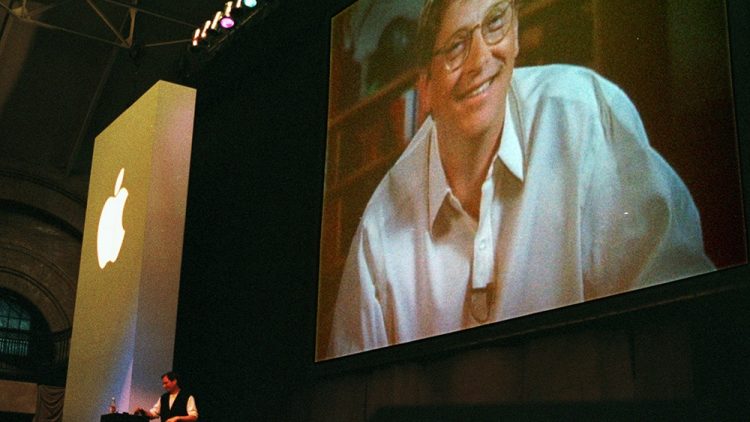
Gates appears on video screen at the 1997 Macworld Expo where Steve Jobs announced that Apple would be entering into partnership with Microsoft [AP]
Peaceful rivalry
Gates decided to leave Microsoft and work full time at the foundation that he heads with his wife, Melinda, instead.
“Steve Jobs didn’t change the world. Steve Jobs capitalised on a lot of things. Bill changed the world. Bill made software what it is today. If Bill hadn’t created the standards, MS-DOS, Windows, and was very dogmatic at making sure those standards took hold, we wouldn’t have the technology we have today … Globally, he impacted the world in terms of what he did with software. He decided to do the same thing in philanthropy,” says former Microsoft marketing executive Rowland Hanson.
In May 2011, Gates visited a dying Steve Jobs – a final farewell between the two men who shaped the computer world, transformed technology, and changed the way we live.
“He and I – in a sense – grew up together. We were within a year of the same age and we were kind of naively optimistic and built big companies, and most of it as rivals, but we always retained a certain respect ..,” says Gates.
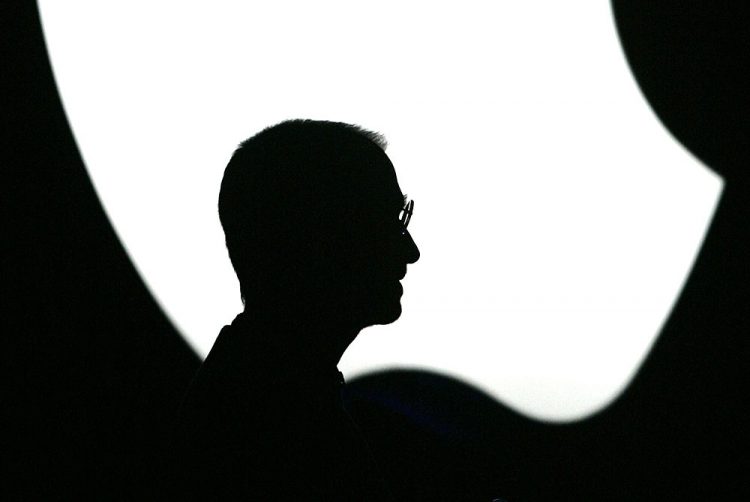
Jobs turned Apple into the world’s most valuable company [Reuters]
Prix Export 2017 Documentaire : Face to Face / Duels par Balanga (16 x 52′)
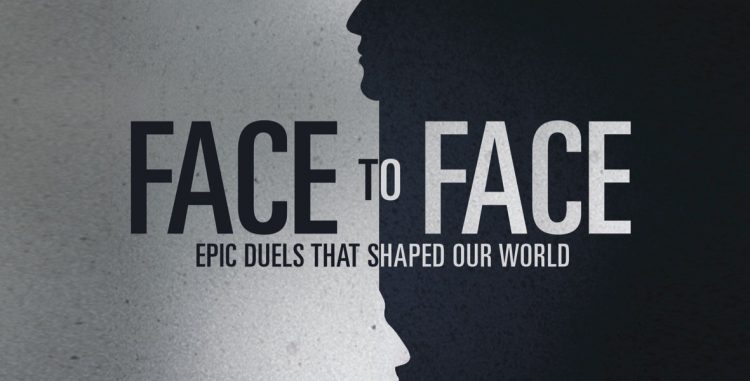
ABOUT FACE TO FACE
Face to Face is a series of portraits exploring prominent figures of the 20th century through the prism of rivalry: Nelson Mandela vs De Klerk, Steve Jobs vs Bill Gates, Malcolm X vs Martin Luther King, and Che Guevara vs Fidel Castro.
Adversaries, opponents, fierce competitors and sometimes friends – all were extraordinary leaders who impacted our lives, shaped societies and influenced the course of history.
Go to the Al Jazeera website now!
Nelson Mandela vs De Klerk
Malcolm X and Martin Luther King